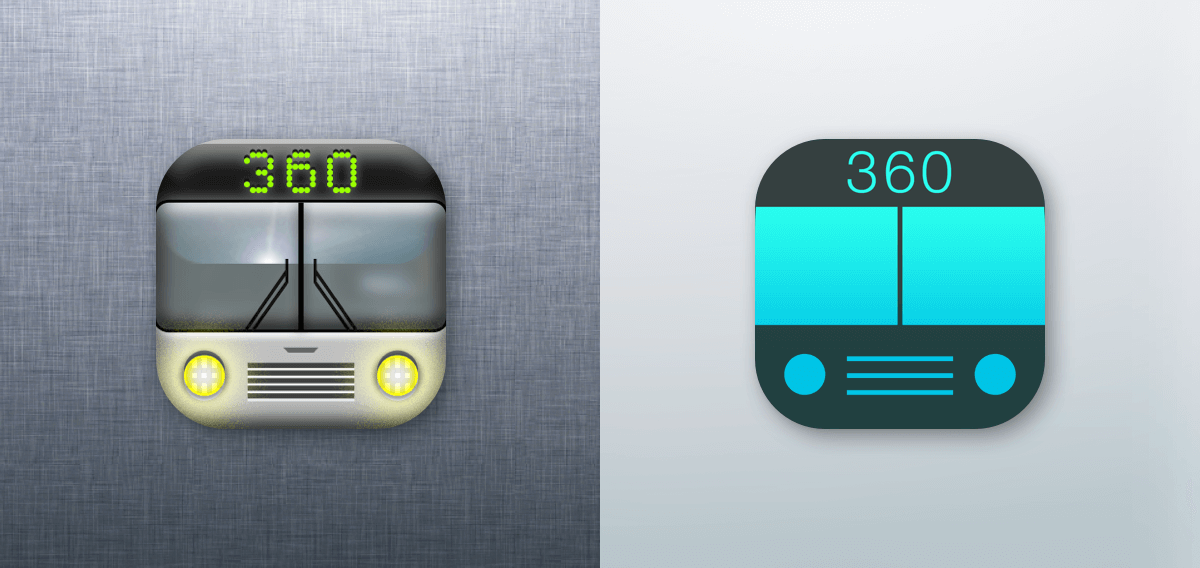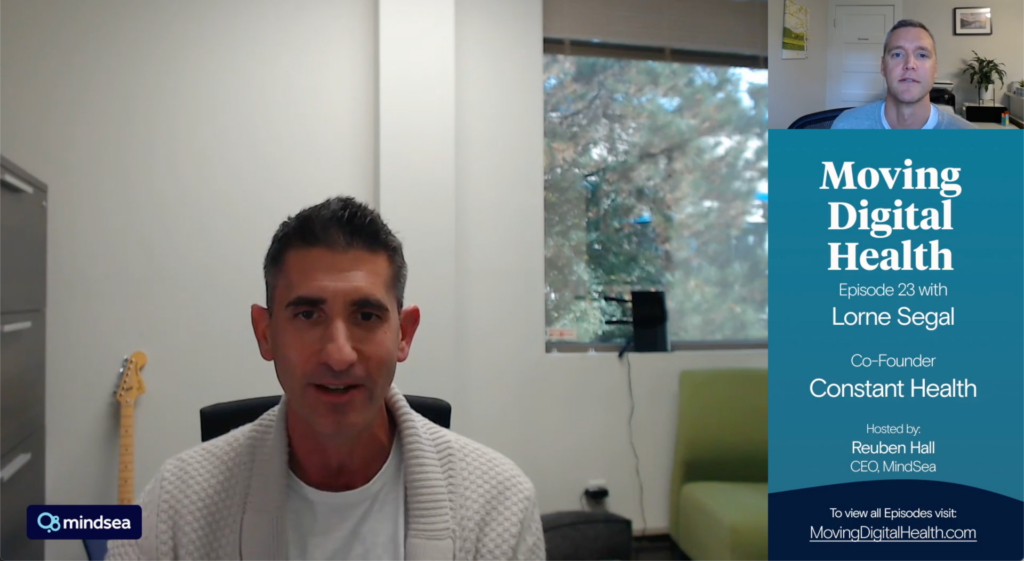It happens to the best of us.
We get old.
And just as we get old, the apps we love get old too.
For any organization with a mobile app, there comes a time when it’s necessary to refresh your mobile app and redesign the UX experience that was once loved and adored by fans. The app redesign process is simply necessary as new technologies enter the scene and new best practices are embraced by consumers.
Before plunging into a redesign, it’s important to understand the steps required to conduct a successful mobile app redesign. Our team at MindSea has helped brands ranging from scrappy startups to media giants redesign their apps, and we’ve learned a lot about what makes a redesign successful. One of the most common questions we get when it comes to redesigning a mobile app is:
How much does it cost to redesign an app?
Unfortunately, that’s not exactly the best way to ask this question. That’s like asking an architect how much it costs to redesign an old home—your answer will be something like:
What size is the home? Are you looking to build around the current structure or take down walls? What’s the exterior going to look like? What is your budget?
A family of six might want to add on a bedroom or two so that everyone has more privacy; a couple of empty nesters might want to tear down walls and make everything more open. Those two projects probably won’t have the same price tag. In the same way, the cost of a mobile app redesign can vary widely based on the size of the project, the size of your budget and the results you’re hoping for.
That’s why the best way to start a mobile app redesign is to answer these four questions:
How much of the app needs a redesign?
Maybe you just need to gut the kitchen, not the whole house. Likewise, your app may not need a full redesign from top to bottom. Sometimes an app simply needs a new skin and a few changes to the button placement rather than an entirely new interface, experience and functionality.
What impact will the redesign have on the technology?
Every redesign requires some technical support, but some redesigns require much more support than others. Are you adding new functionality? Are you removing old functionality? Are you prioritizing one feature over another? All of these things have an impact on the technology (and therefore, the price).
What skills do you have in-house?
Determine whether your team is equipped to execute any element of the redesign process. If you have a design team, they could help prototype the new vision. If you have a research team, they could conduct some of the user research. It’s important to take an audit of your existing resources to see what can be done by you, and what you will need to hire for or outsource.
What’s your budget for the mobile app redesign?
This question isn’t really about price; it’s about identifying what matters most to you—and by you, I mean your users. How important is this redesign to your customers? What potential changes carry the most value? If you’re redesigning a kitchen, the choice between marble, quartz and granite countertops isn’t solely based on price—you might be willing to shell out more for marble because you really like the look of it. And you might be willing to shell out more for brand-new app functionality because your customers place a high value on it.
So really, the question you should ask is:
What’s a mobile app redesign worth to us?
When it comes to planning the redesign, executing, and then finalizing the technical launch, the cost will depend on your answers to the questions above. But let’s see if one of the scenarios below matches your company’s current situation. At any rate, these scenarios will give you a better idea of why estimating the cost of an app redesign is so challenging.
Note: If you want an accurate quote based on your specific situation, we offer a free pricing consult for companies looking to redesign existing apps. Get in touch!
Situation 1: You have mockups; you just need them implemented
Mockups are great because they paint a clear picture for the team implementing the redesign. Mockups can be sketched onto a notepad or created using wireframing and mockup tools. If you’ve already created a mockup, that’s great because it can help the design team gain clear insight into what it is you want and how you envision the app experience. In most cases, the more your team can provide as it relates to execution & research: the better.
The best mockups are built on user research. Before designing anything, it’s vital to chat with users, study their behaviors and understand their in-app needs to ensure that the new version of the app lines up with those expectations. If customer research has already been done, the cost for your mobile app redesign will be lower.
Situation 2: You have a design team, but mobile isn’t their specialty
At MindSea, our focus is mobile. If you asked us to design a billboard or brochure, the results might not be what you’re hoping for.
Not every design team has the expertise to successfully redesign a mobile app. If that’s your team, that’s OK. It ultimately means you’re going to need to bring in an expert who can help you execute on the idea rather than do it in-house. As a result, there will be an increased cost to hire this external team and have them help you turn the idea into a reality. The benefit is that you might not have to pay for things like brand development, brand guidelines or marketing materials.
In fact, that means your design team is in a great position to offer design insights, brand guidelines and user research with the team doing the redesign.
Situation 3: You don’t have a design team, and users hate the app
As time goes on, tastes evolve and what was once a pleasant mobile app experience can become frustrating and outdated. If your mobile app has been collecting dust for the last few years, your users are likely moving on to new solutions. As result, it’s likely that your redesign is going to require a more extensive planning and customer research which results in more cost.
If you don’t have a design team, don’t worry. Brands of all sizes have outsourced app design to experts. Of course, you could hire your own design team (here are the pros and cons of outsourcing and hiring in-house) but if you want to launch this redesign quickly, it might be better to bring in the experts.
Situation 4: Your app is old, but you don’t know if you should redesign it
This situation is one of our favorites because the answer lies with the users.
Our Blueprint Process is a user-centric approach to better understanding what your customers need and want from your app. We research the current landscape of your industry and talk with your users to understand what they like and dislike about the current iteration of your app. From this analysis, we can determine the options for improving your app and what it would cost to create a user-centric version of the app. We use these insights and turn them into mockups and prototypes that can you can be executed on for the final delivery.
So How Much Does It Cost To Redesign An App?
These four situations require different timelines and levels of expertise. The one big piece that’s missing is the complexity of the app. If you’re redesigning an app that only has three or four screens, the cost could range from $1,500 to $7,500. If you’re redesigning an app as complex and extensive as, say, Uber, you’re looking at a budget of $50,000 to $1 million.
As you can see, it all depends on the situation.
Take a close look at your current situation and write down what resources you have, how soon you want the new app launched and what you’re willing to spend. If you already have in-house design and technical teams, use them to help determine the value of this redesign based on customer feedback and user engagement. Gauge how much you can implement in-house, and what you’ll need to outsource or hire for.
We’ve worked with companies of all shapes and sizes on redesign projects, and no two companies are the same. So if you’re in the process of planning a redesign and would like an expert to provide a more accurate estimate, get in touch. We’d love to chat with you.



